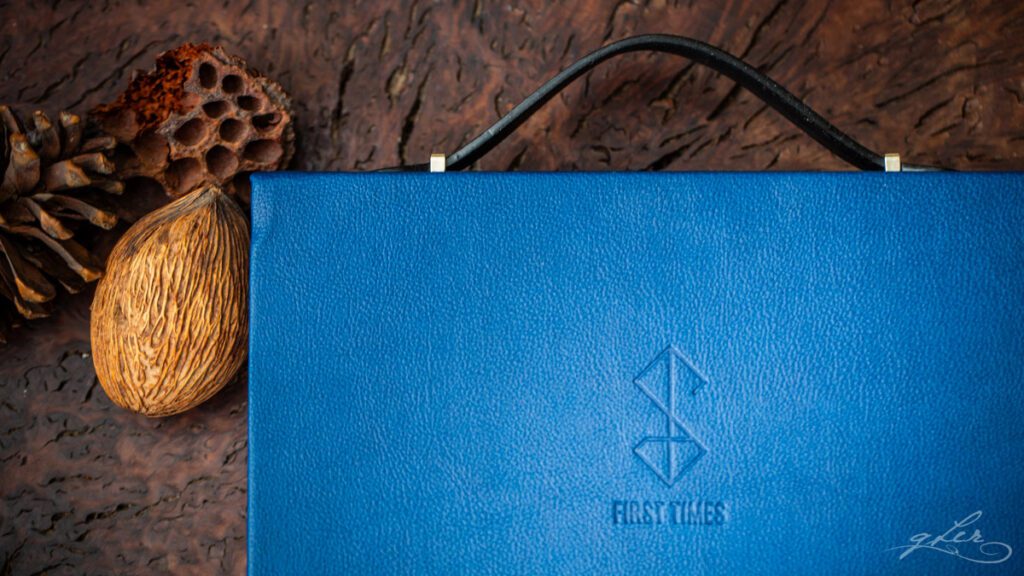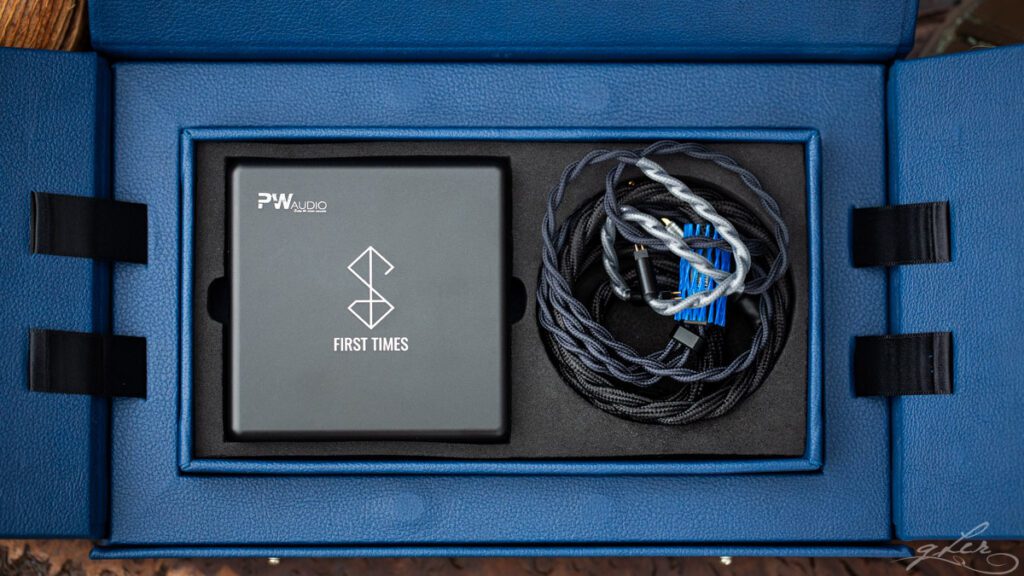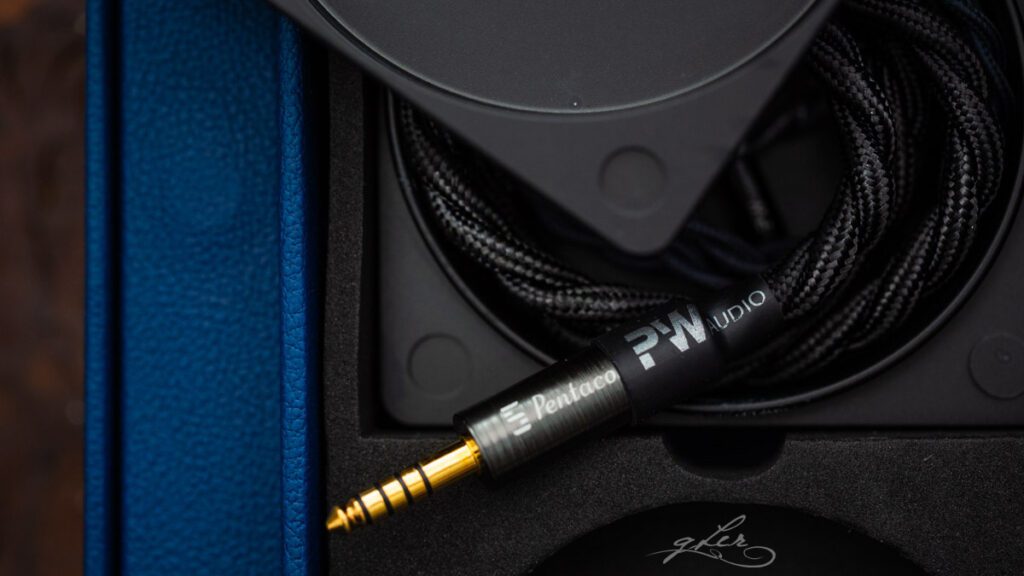I’d like to once again thank Crystal Tsui at Praesto and Peter Wong at PW Audio for sending us the new First Times Shielding cable for review; we truly appreciate your kind support.
Introduction
Not too long ago I had the opportunity to experience one of the most talked-about IEM cables in the hobby, PW Audio’s Orpheus (with Shielding). It was a sad day when I had to pack and ship the mighty Orphy back to Hong Kong, but not too long afterwards, I got notification of another Peter Wong special coming my way.
First Times Shielding (FTS) is technically a co-flagship in PW Audio’s Flagship Series of shielded cables, but at $3,500 is roughly half the price of its big brother. Still, as Peter claims, FTS is also made with supreme purity copper, created using the same construction method as Orpheus, and uses similar if not identical shielding. The two cables even look virtually identical, except for a different hue of paracord blue after the Y-split.
So, what does FTS do differently to Orpheus, and can it claim to be in the same ballpark when it comes to performance? The answer is not a simple one, as this review will reveal, so join me as I unravel the mysteries of a cable that, until now, has seemingly flown under the radar – or rather, Orpheus’s shadow – for many well-heeled enthusiasts.

Packaging, design and fit
The first and most obvious point of similarity between Orpheus and FTS is the packaging. FTS is housed in the same leather-like ‘briefcase’ box, but in an attractive navy-blue hue compared to Orpheus’ all-black. The case has a simple FTS logo embossed into the lid, and a carry handle made of leather-like material.
Opening the case reveals a concertina-style two-compartment layer that ‘rises up’ to greet you, one housing a heavy metal ‘puck’ case for the cable, and the other a foam-lined cavity with the cable displayed inside. While the whole presentation is overkill for a cable, and the beautifully-made metal case will likely be surplus to requitements for most people, it creates an impressive and luxurious unboxing experience worthy of the premium and, arguably, exceedingly expensive product inside.
For some, cables like this are essentially audio jewelry, and the presentation is certainly befitting.

If you’re familiar with Orpheus, or have read my review, FTS is basically a doppelganger in look and feel. Four thick, paracorded wires twist away from the genuine Pentaconn 4.4mm plug, converging in PW Audio’s contemporary Y-splitter and chin slider before branching off into still-thick 2-wire sections terminated in PW Audio-branded 2-pin plugs. The paracord used is of very high quality, and while I prefer Orpheus’ electric blue colouration past the Y-split, the more subtle dusty blue FTS shading is equally classy.
The 4-wire section is particularly thick and heavy, since this is where most if not of all the additional ‘shielding’ material is used. Despite the weight and girth, I find these flagship shielded cables ergonomic to handle. Yes, they’re heavy, but not to the point that makes them unwieldly, and their size only lends to the feeling of premium extravagance.
Comfort extends to wearing these cables with almost any IEM, and I’ve always had an affinity for Peter’s iconic angular ear hook design that ‘locks’ in place and takes most of the weight off whichever IEM you’re connecting. I also don’t find microphonics an issue, but there will be some compared to lighter, thinner, PET-covered cables.

FTS is no less impressive on the inside. According to Peter, FTS is made using the same construction technique as Orpheus, which he describes as such:
It took two years of testing and material selection to master the structure and apply it to Orpheus. There are seven cores in each strand, each core is covered with a separate insulator plus multiple layers of lacquer, and finally, the outer layer of each strand is insulated with TRP. Based on the success of the Orpheus, [we] applied this technology using the same wire body construction but with a different copper wire structure to create FTS.
As with Orpheus, FTS features extra layers of shielding material – the source and structure of which is a closely-kept secret – which is wrapped around the 26.5awg 4-core copper wires at the base of the cable. I can only surmise this is done to further reduce EMI and other interference, since Peter claims the main benefit of the shielding layer is to create a blacker background and more open soundfield.
Without giving the game away, whatever the shielding is doing is working, as you’re about to discover.

Continue to sound impressions…



